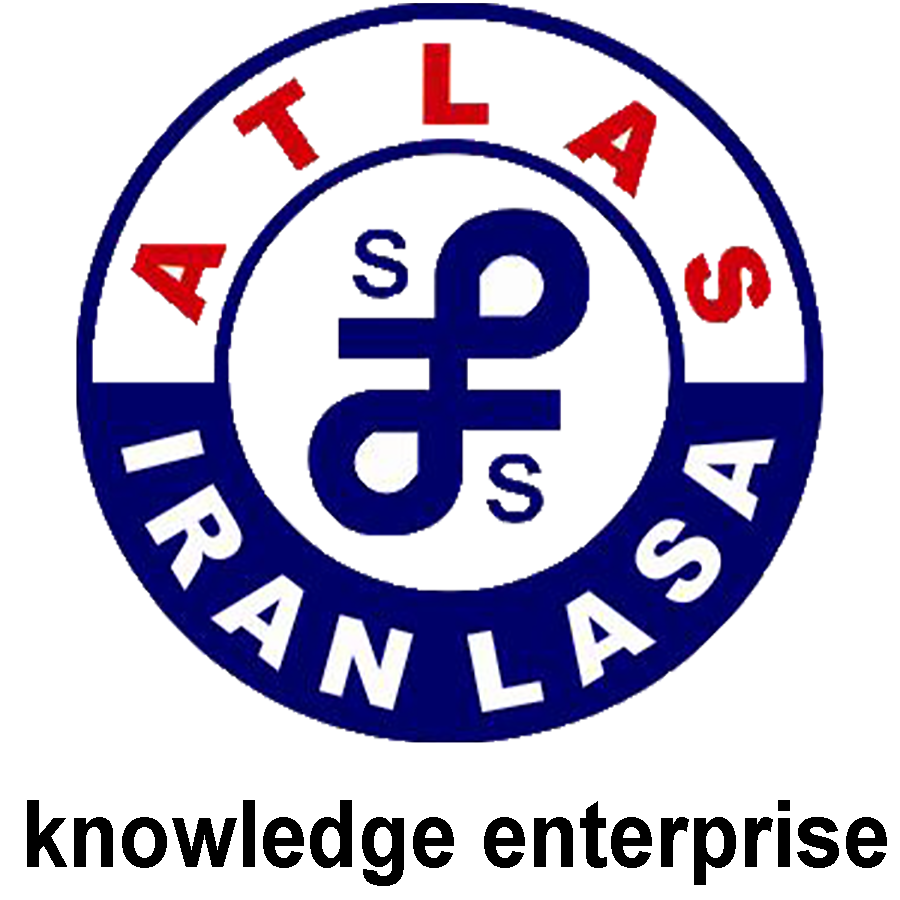To produce a suitable product, the type and quantity of each component of the mixture, the dispersion of the various components and the final morphology must be correct, which is also known as PVC mixing. In other words, it can be said that the production of a good product is highly dependent on the appropriateness of mixing. The mixing process includes the following steps.
Distributive mixing of different components of the mixture. In the sense that the components are spread uniformly in the matrix and the chemical composition of each part of the material that is sampled is the same.
Melting and dispersion of the components of the mixture, which causes the components to find a more desirable shape and size. With proper dispersion of the mixture components, the process of remelting the granules in the downstream equipment is also facilitated.
The release of air and some volatile components of the formulation from the mixture.
Shaping of the final product (of course, sometimes the shaping process is not considered part of mixing). Proper mixing process followed by optimal shaping is necessary to achieve optimal values of properties such as impact resistance, long-term strength, weather resistance, permanent compressive deformation and brittleness at low temperature.
The relationship between the structure of PVC and its mixing
As mentioned before, PVC is insoluble in VCM monomer. Therefore, the initial particles of this polymer are deposited during polymerization and continue to grow in this state.
Considering that the mixing process and the final morphology of the polymer are highly dependent on each other, in this section we will review the morphology of PVC.
Mixing PVC powder
High speed mixing
Mixing PVC powder is actually adding components and distributing them in the formulation (without melting them). The product flows continuously as a powder so that the size and dispersion of the PVC particles remain unchanged. In this case, it is suitable to use high-speed mixers, due to the rapid generation of heat and as a result of the economic saving of the process. Heat in this process is usually necessary for three reasons.
In order to melt waxes and other components to prevent them from separating in the next processes.
In order to heat the PVC formulation above the glass transition temperature (82°C) for faster penetration of the stabilizer and softener into the formulation.
In order to ease the shape of the particles to reduce the porosity and thus obtain a higher apparent bulk density.
Clustering problems during high speed mixing process
High speed mixing also has disadvantages. For example, in the case of some PVC formulations, especially those with components such as calcium stearate, the high speed of the stirrer tip increases the formation of clusters of calcium carbonate, titanium dioxide, and other components. The clusters that are formed on or near the stirrer blades are flaky, but other clusters still remain large and due to not being dispersed in the formulation, caused defects on the surface of the final product.
Powder flow and compaction factor
In the case of powder mixing of PVC formulations, other aspects such as the creation of static electricity in the powder flow should also be considered, because it may cause problems. Therefore, sometimes a small amount of antistatic agent is used to reduce electrical interactions and as a result achieve a lower mass density of the formulation.
Add softener
The required amount of softener and its temperature conditions are different in different formulations, but for the correct use of this type of additive, some points must be paid attention to. For example, one should always pay attention to the penetration speed of the softener and the capacity of the formulation to accept the softener.
The effect of temperature on the mixing of formulation components
A suitable method to achieve a suitable tear parameter and create 1 micron primary PVC particles is to reduce the tensile strength of clusters and droplets for faster breaking, by increasing the temperature.
PVC mixing with the help of continuous internal mixer and roller
Discontinuous internal mixers continuously put the powder under tension between two rollers and in this way produce a mixture with uniform dispersion. In this type of mixers, the mixture is mechanically heated at the same time as the mixing is done. Of course, the rollers and mixer body can be cooled here to increase the sliding of the mixture and to increase the share of tensile work. When the mixture passes between the rollers, next to the wall of the mixer and in the upper part where the tips of the rollers are approaching each other, they suffer a relatively large tensile force, which is due to the fact that the rollers do not overlap.











بدون دیدگاه